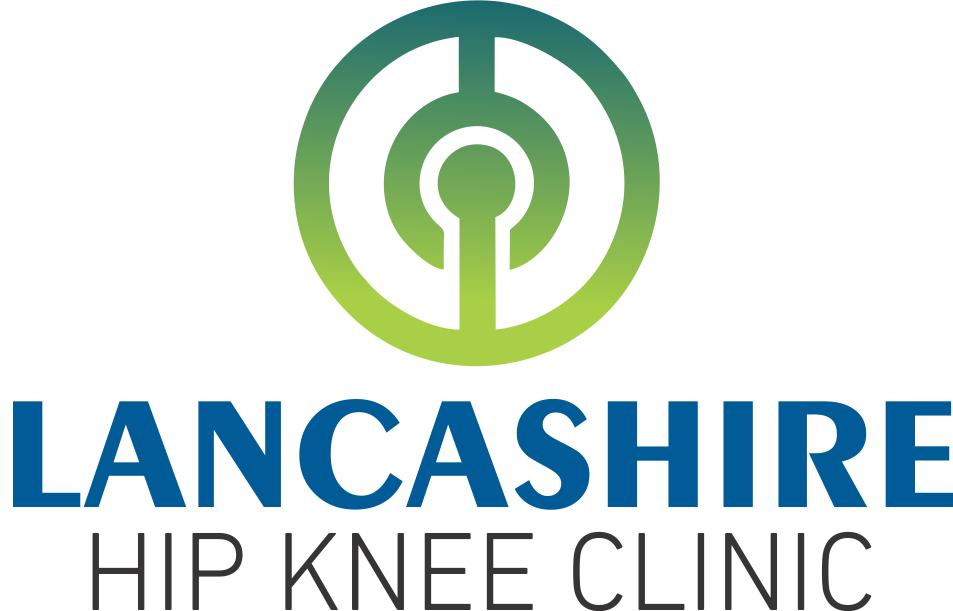ACL Reconstruction Surgery & Injury Treatment
ACL reconstruction is a surgical procedure aimed at repairing a torn anterior cruciate ligament (ACL) in the knee. The ACL is one of the major ligaments in the knee that connects the thighbone to the shinbone and helps stabilize the knee joint. ACL injuries are common among athletes participating in sports that involve sudden stops, changes in direction, or jumping.
There are multiple ligaments around the knee joint, out of which 4 are extremely important:
1. Anterior cruciate ligament
2. Posterior cruciate ligament
3. Medial collateral ligament
4. Lateral collateral ligament
These ligaments play a vital role in knee stabilisation. If one (or more) ligaments are injured, it might cause serious functional issues.
The anterior cruciate ligament (ACL) is one of the joint’s strongest ligaments. It aids in the stabilization of the knee during any sudden twisting or turning, as well as during sporting activity.

Mechanism of Injury
Injury to ACL involves non-contact pivoting injury. If the foot remains planted whilst the upper body twists excessively, it can result in ACL injury. Occasionally, it can also occur during hyperextension injury.
ACL injury is commonly seen after sporting injuries i.e. football, rugby, tennis, skiing, snowboarding, badminton, netball, etc. However, it is not uncommon for ACL to be injured during day-to-day activities.
Clinical Presentation
Knee joint often swells up soon such an injury. It is often difficult to carry on with the sporting activity. Weight-bearing on the affected leg can be difficult for a few days.
Once the initial pain and swelling settle down, the knee generally feels quite lax and one can lose confidence from the knee. Most patients develop giving way sensation in the knee joint. This can affect one’s ability to participate in any strenuous/sporting activity. Occasionally, some patients develop instability even on day-to-day activities.
Management of ACL Injuries
Early clinical assessment by a specialist knee surgeon is recommended for patients with suspected knee ligamentous injury.
During the initial consultation, diagnosis is established by thorough history taking and appropriate clinical examination. X-rays are often taken to rule out any bony injury. MRI scans help confirm the clinical diagnosis. Initial management in most cases includes physiotherapy, splinting, advice regarding exercises, and analgesia.
During subsequent review/follow up with the specialist, if there are symptoms/signs of knee instability, surgical reconstruction of ACL can be considered.
ACL Reconstruction Surgery
The torn ligament is reconstructed generally using autografts (tissue from the patient’s own body). ACL can be reconstructed using hamstring tendons or using part of the patellar tendon with a piece of bone on either side. Results from both these techniques are reproducible and excellent. However, the use of the patellar tendon is associated with the risk of anterior knee pain (pain in front of the knee) due to the scar. For this reason, the use of hamstrings to reconstruct ACL is widely regarded as the gold standard. I routinely use hamstring tendons to reconstruct ACL. I occasionally use patellar tendon graft in specific circumstances.
The surgery in my hands is an all-arthroscopic technique (an entire procedure carried out with keyhole procedure). This facilitates early rehabilitation and speedy recovery
Risks and Benefits
Benefits of ACL reconstruction surgery include improved knee stability and the ability to return to full sporting ability.
Risks of this surgery include risk of infection (<1%), bleeding, DVT (clots in your lower leg), PE (clots going to your lung), numbness around the scar, and some residual laxity.
Rehabilitation and Recovery
You will generally be admitted to the hospital on the day of the surgery. Most patients stay in the hospital overnight and are safe to be discharged the next day.
You will be allowed to fully weight bear on the leg using crutches. You can start weaning off the crutches generally after 2 to 3 weeks. No splint is necessary. Driving can be recommenced as soon as independent mobility is achieved.
Post-operative physiotherapy is commenced whilst in the hospital followed by outpatient physiotherapy as deemed appropriate for each patient.
Initial recovery phase is around 4 to 6 weeks, followed by further rehab and physiotherapy and full recovery including a return to sports can be achieved by about 6 months in most cases.
- Hamstring Tendon Graft Reconstruction of the ACL
Copyright by FUW 2017-2024. All rights reserved.
